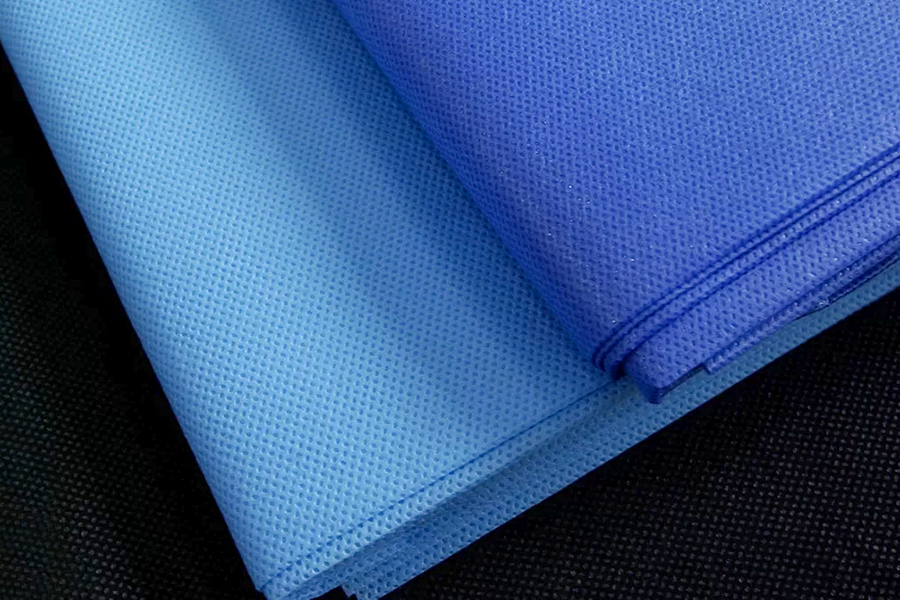As people's attention to health and quality of life continues to increase, the cleanliness and sanitation of the home environment has become increasingly important. In home decoration,
embossed non-woven fabrics are popular for their unique decorative effects and excellent antibacterial functions. This article will delve into the addition of antibacterial agents to embossed non-woven fabrics, revealing to you the secrets of this technology and its protective effect on the home environment.
In the production process of embossed non-woven fabrics, the selection of antibacterial agents is crucial. Common antibacterial agents include chemically synthesized antibacterial substances such as ammonium chloride, triclosan, and copper chloride, as well as antibacterial ingredients extracted from natural plants such as tea tree essential oil and rosemary extract. These antibacterial agents have good antibacterial effects and can effectively inhibit the growth of bacteria and fungi.

Antibacterial agents are usually added during the production process of embossed non-woven fabrics. During the production process, the fibers of the embossed non-woven fabric will be fully mixed with the antibacterial agent, and through processes such as high-temperature hot pressing or chemical treatment, the antibacterial agent will be evenly distributed on the surface and inside of the fiber. This addition method can ensure that the antibacterial agent is fully combined with the embossed non-woven fabric to maximize the antibacterial effect.
The embossed non-woven fabric with antibacterial agent added has good antibacterial effect. Antibacterial agents can effectively inhibit the growth of bacteria and fungi, reduce the growth of mold and odors, and keep the home environment clean and hygienic. This antibacterial effect not only lasts for a period of time, but also continues to be updated with the frequency of washing and cleaning, maintaining good antibacterial performance.
When selecting an antibacterial agent, in addition to considering its antibacterial effect, you also need to pay attention to its safety for the human body and the environment. Common antibacterial agents usually undergo strict safety assessment and testing to ensure that they will not cause adverse effects on the human body and the environment during use. Therefore, the use of embossed non-woven fabrics with antibacterial agents added is safe and reliable.
By adding antibacterial agents, embossed non-woven fabrics not only have excellent decorative effects, but also have good antibacterial functions. This method of adding antibacterial agents can ensure that the antibacterial agents are fully combined with the non-woven fabric to maximize the antibacterial effect and bring more cleanliness and hygiene to the home environment. As people pursue a healthy life, antibacterial treatment technology will play a more important role in future development and become an indispensable technology in the field of home decoration.
